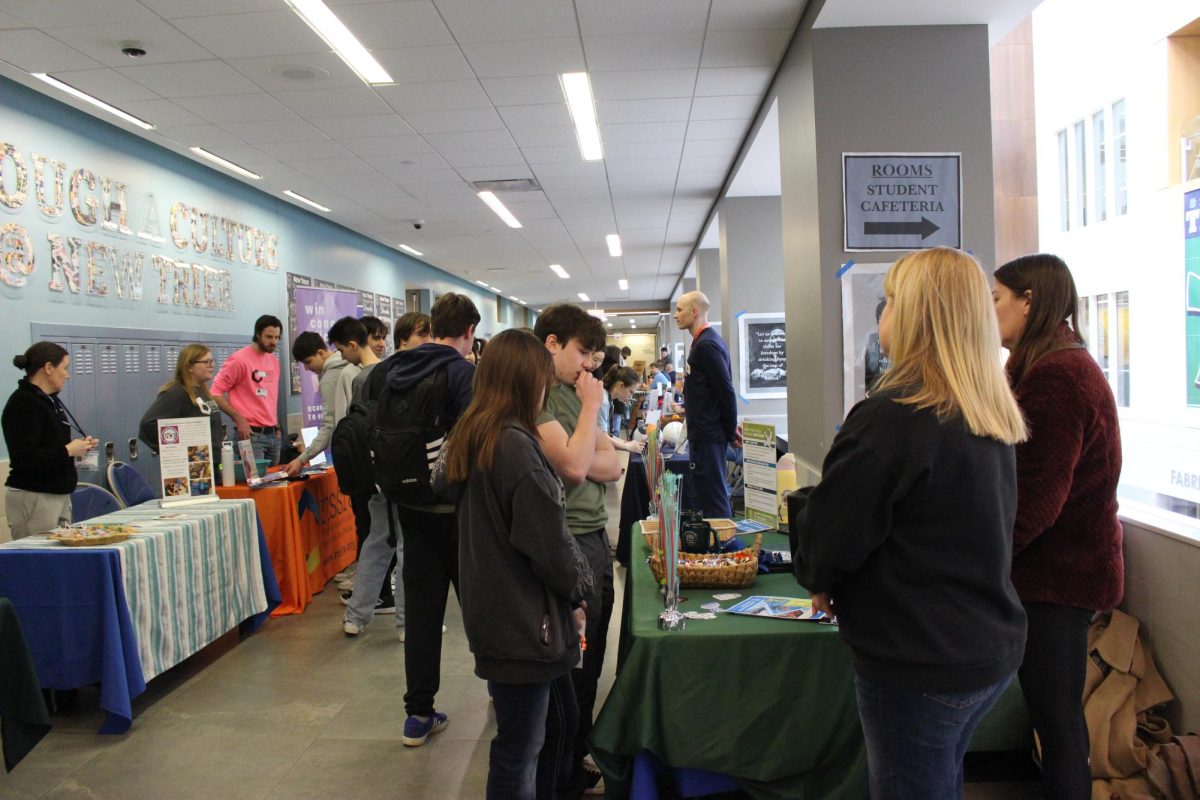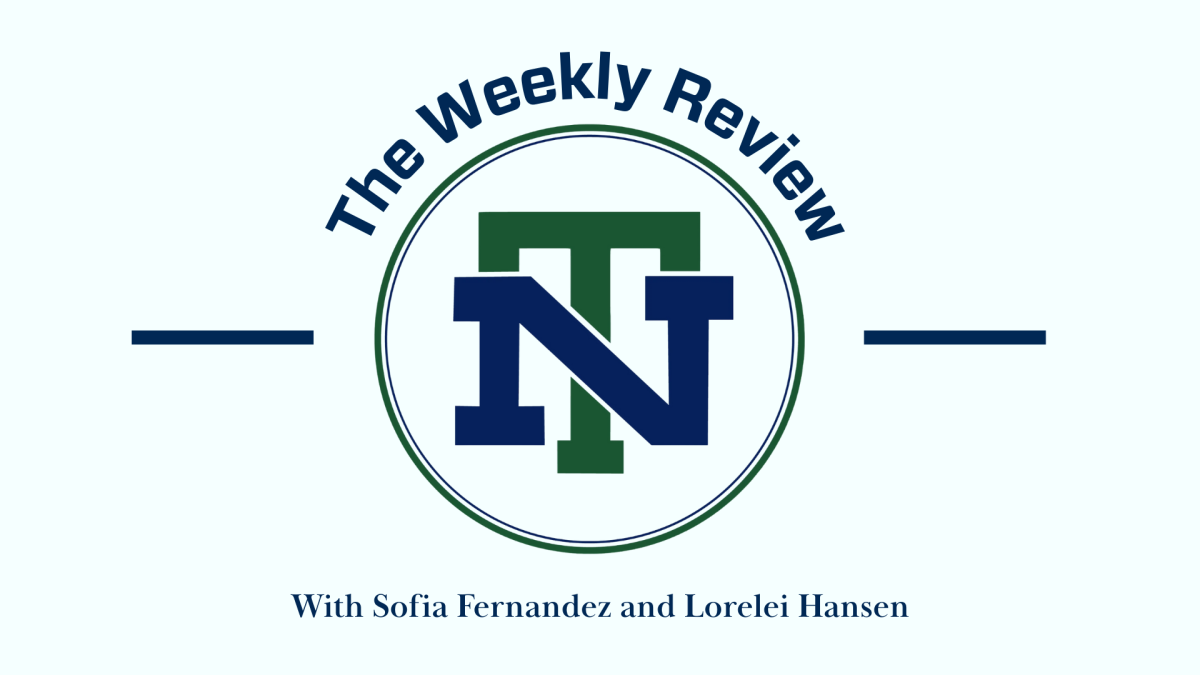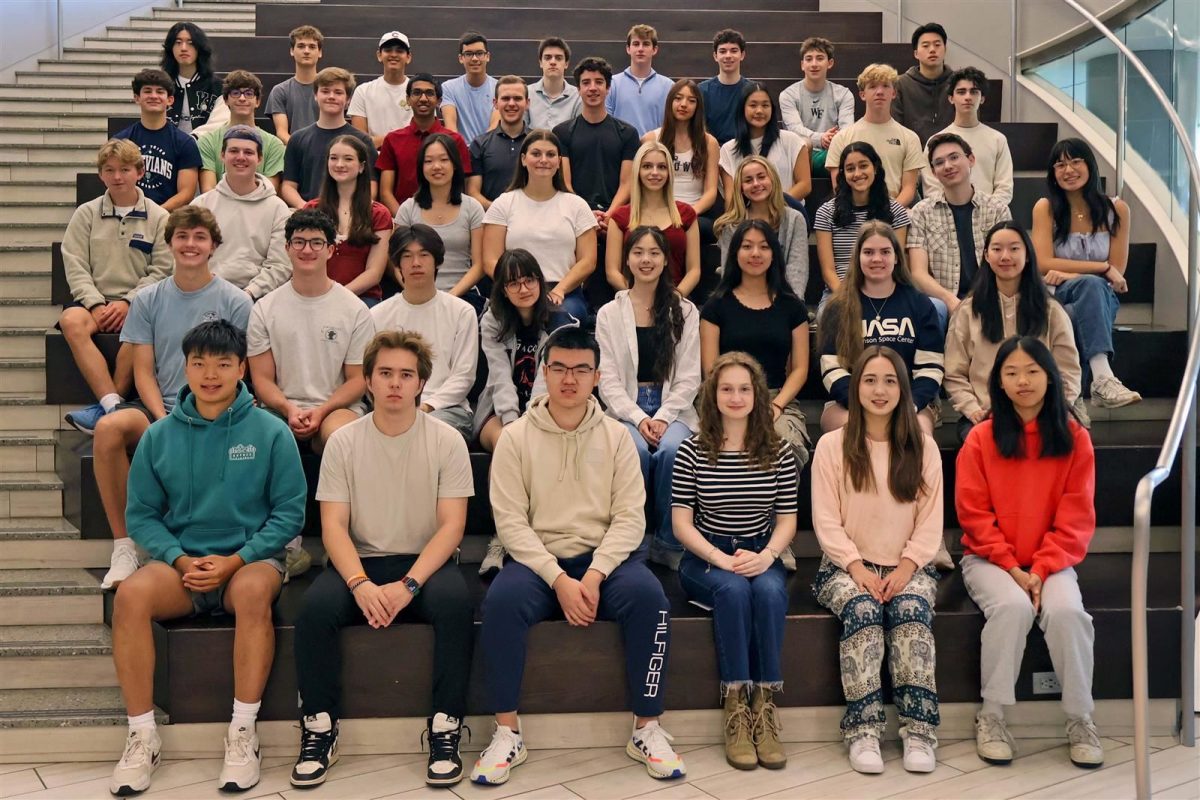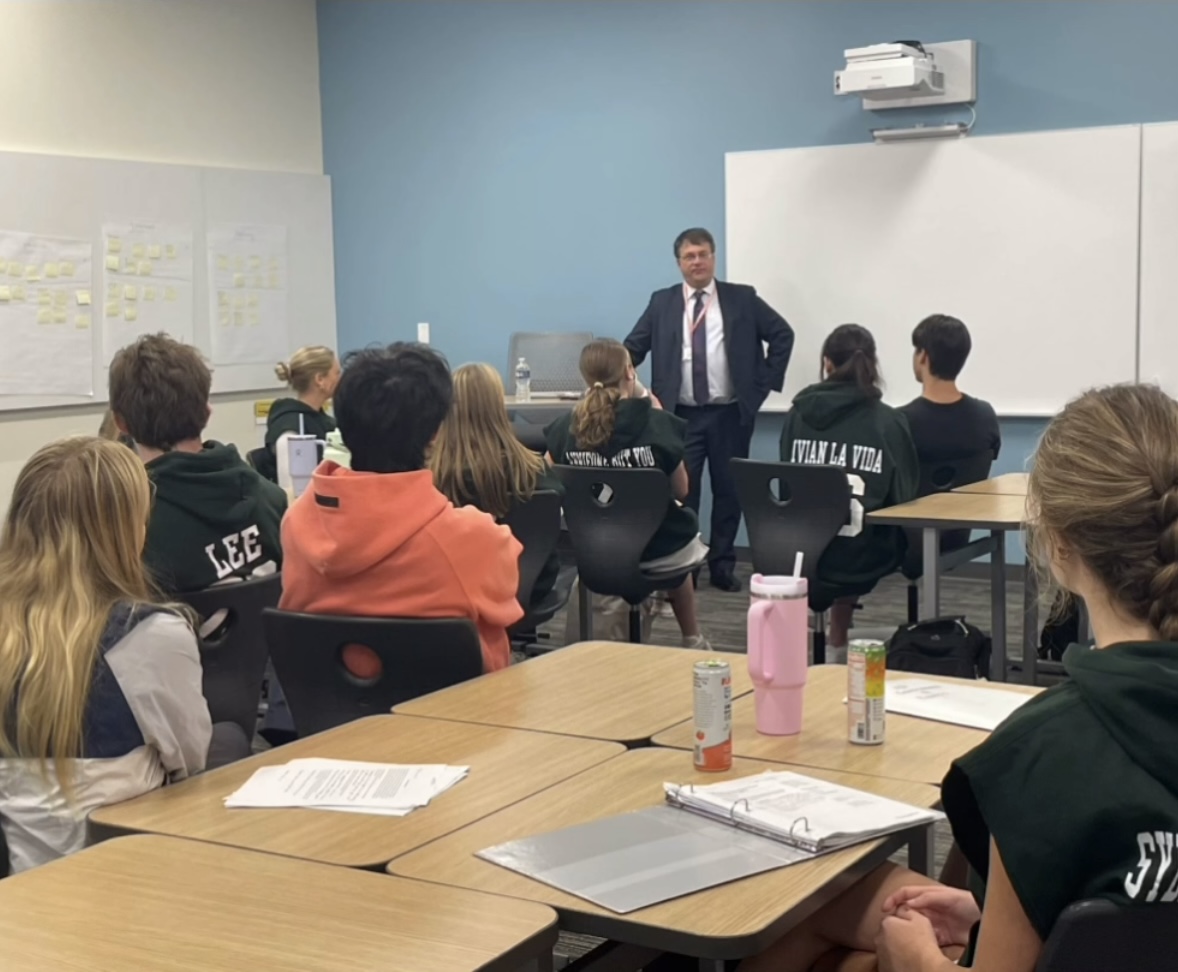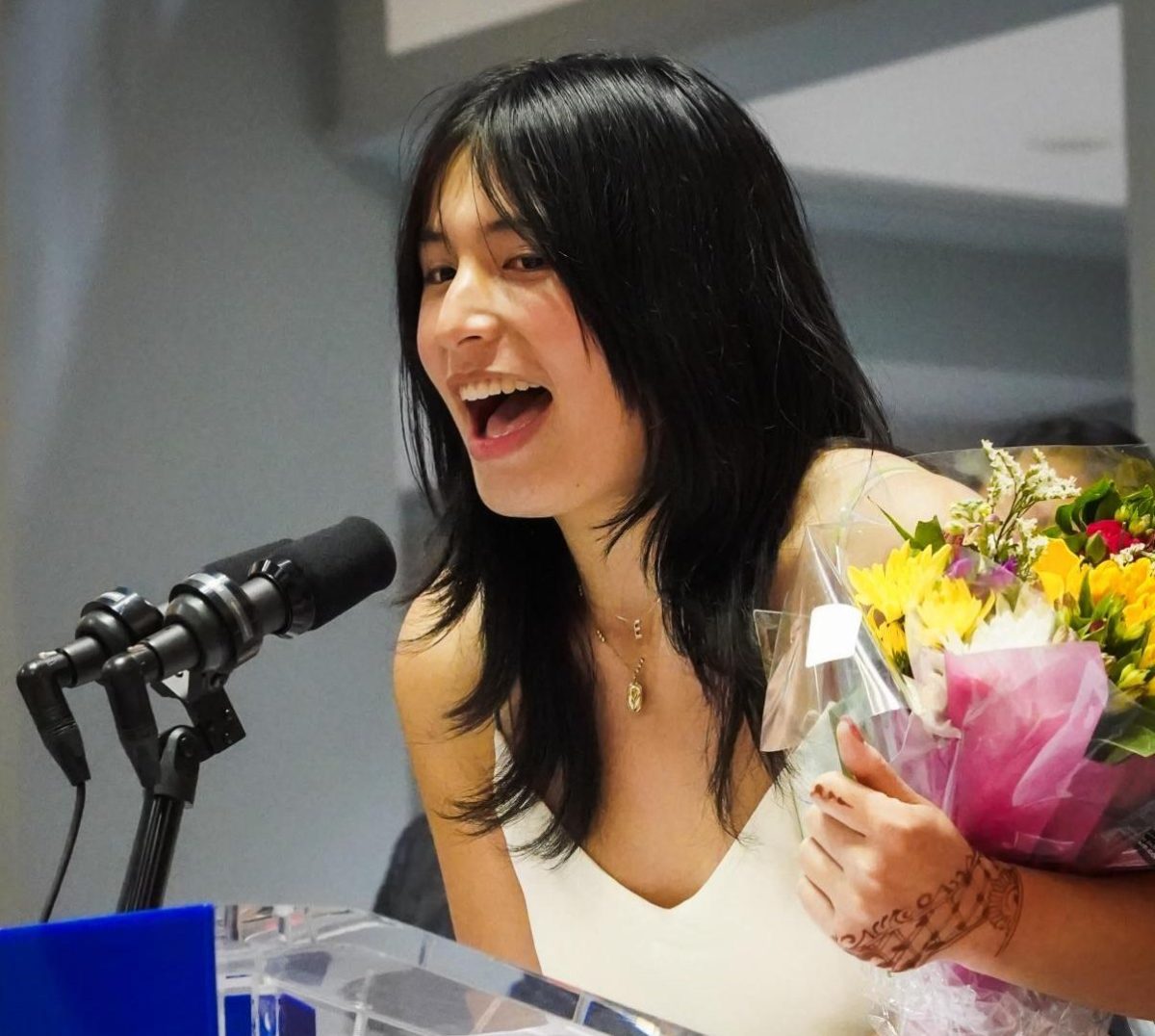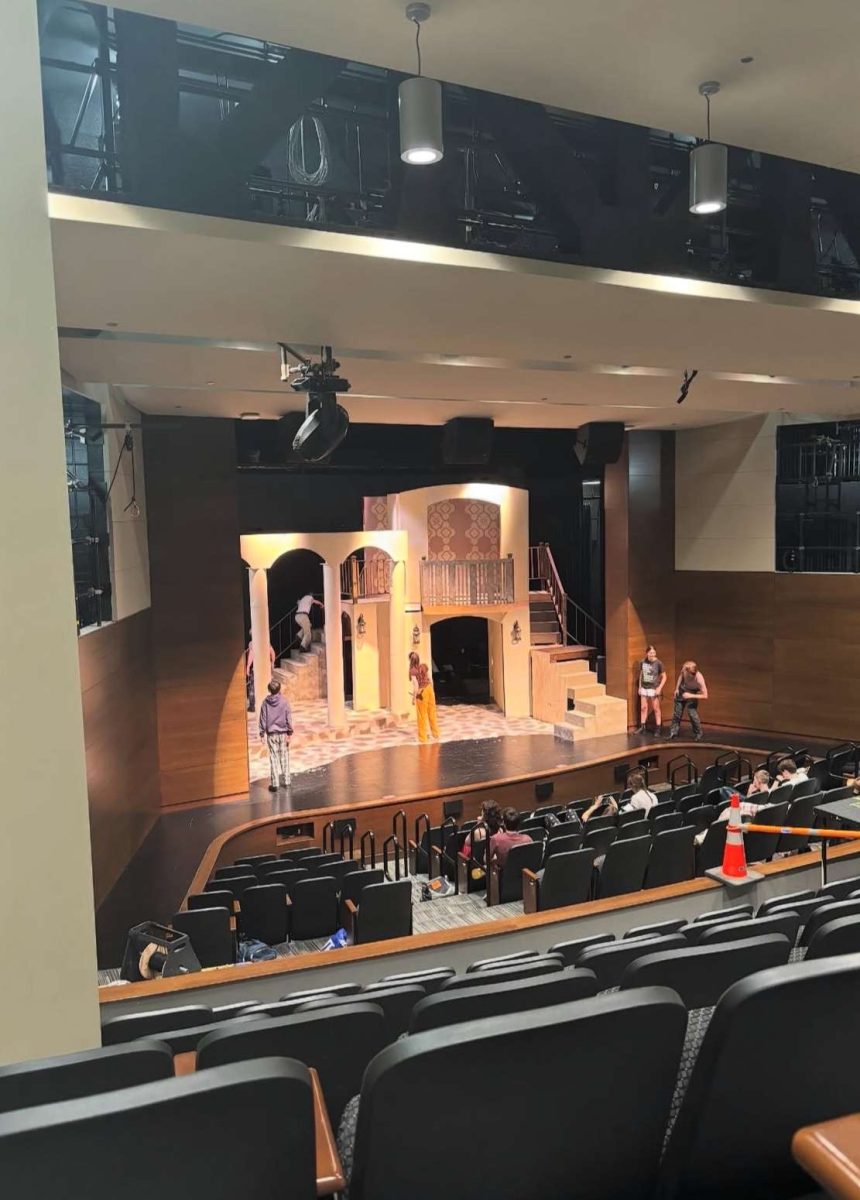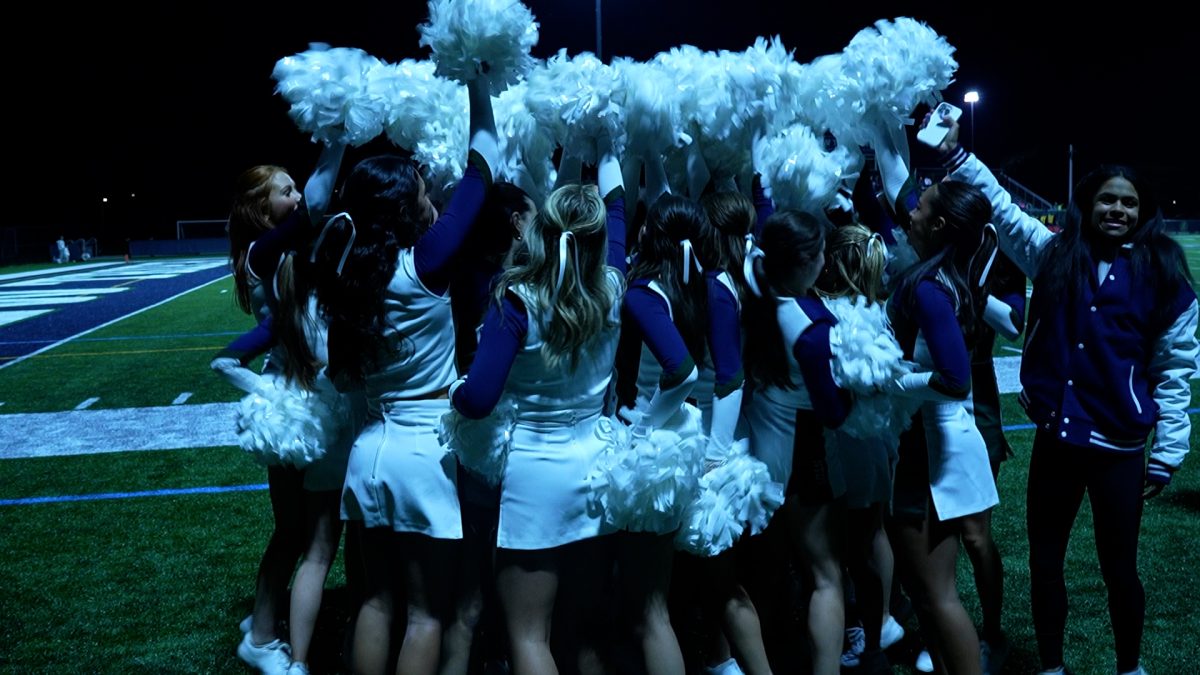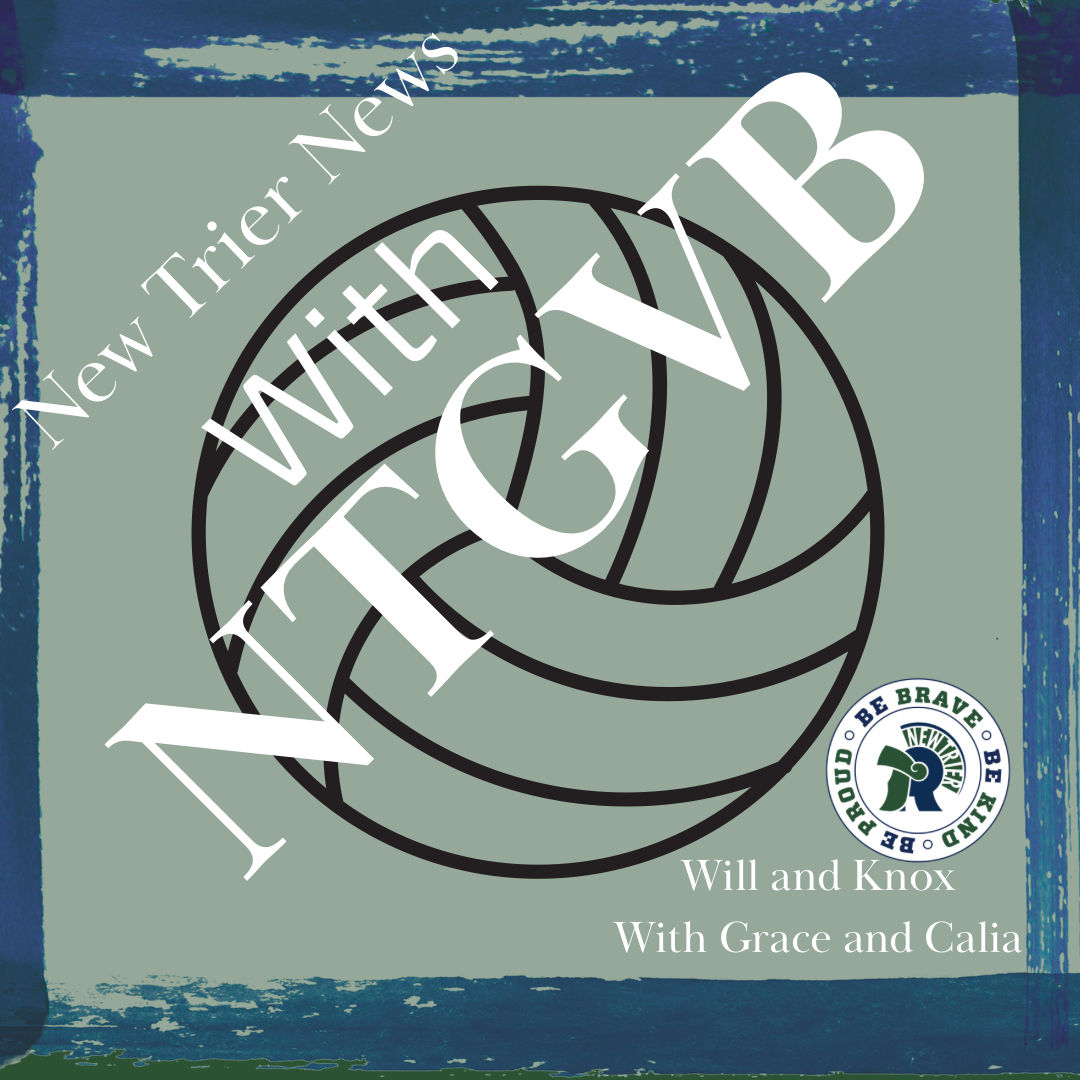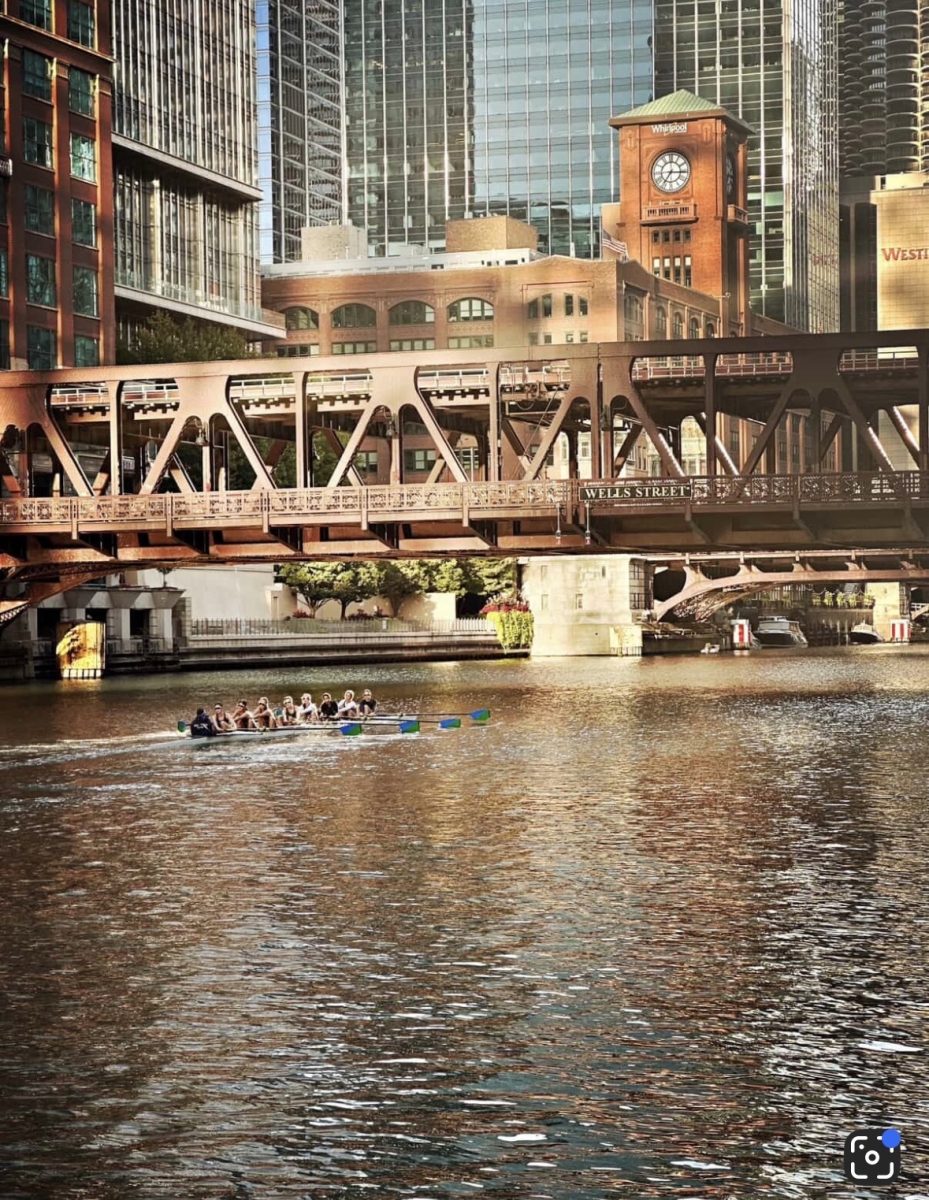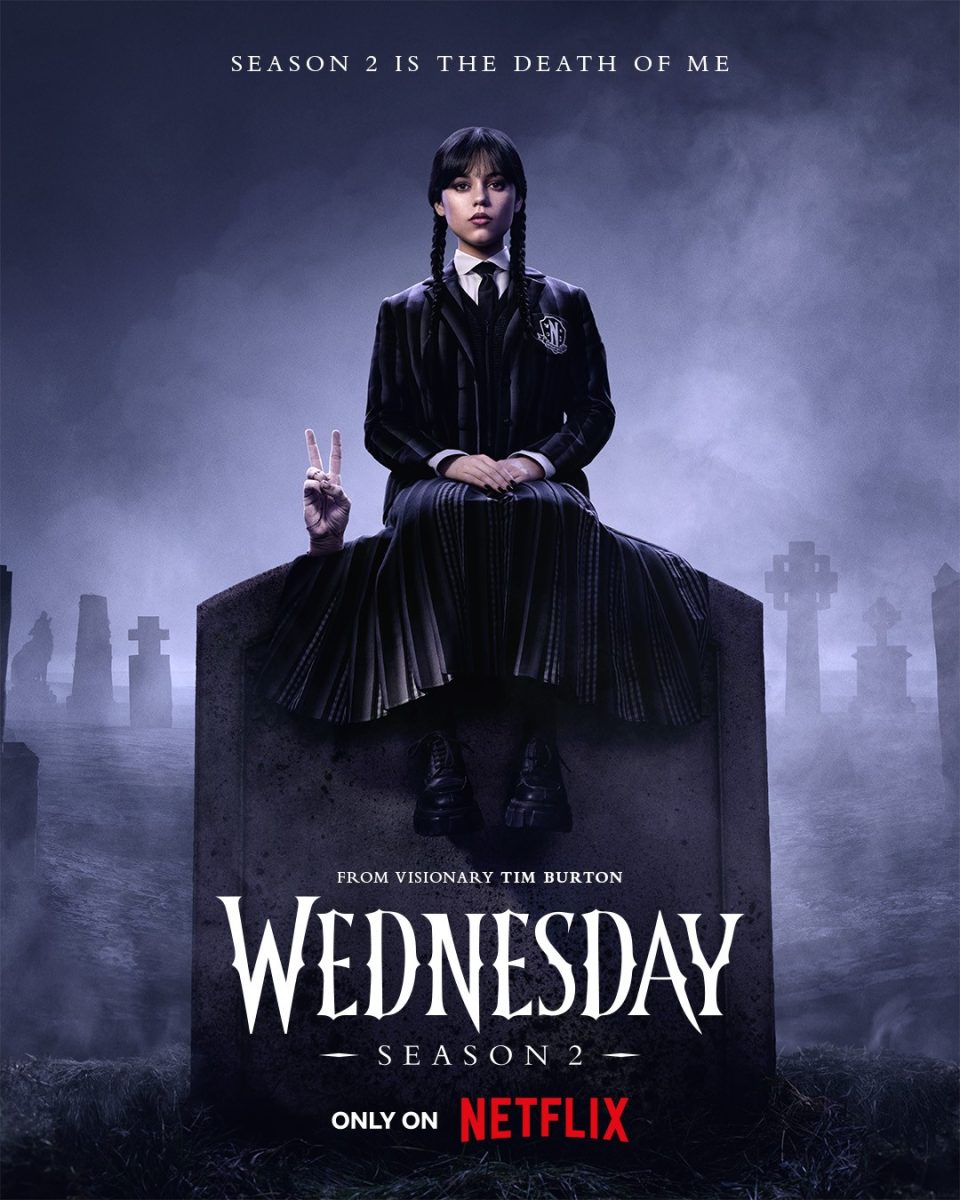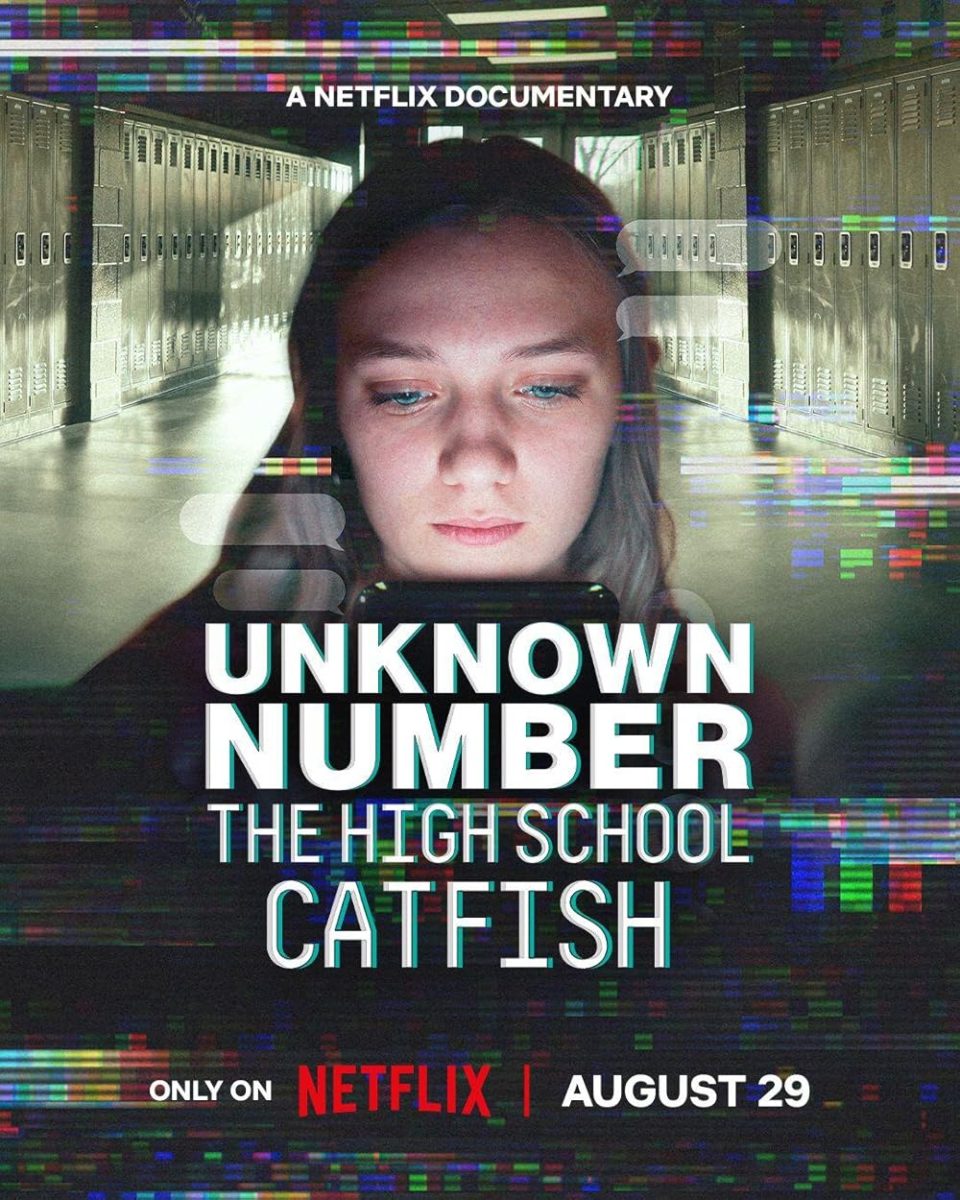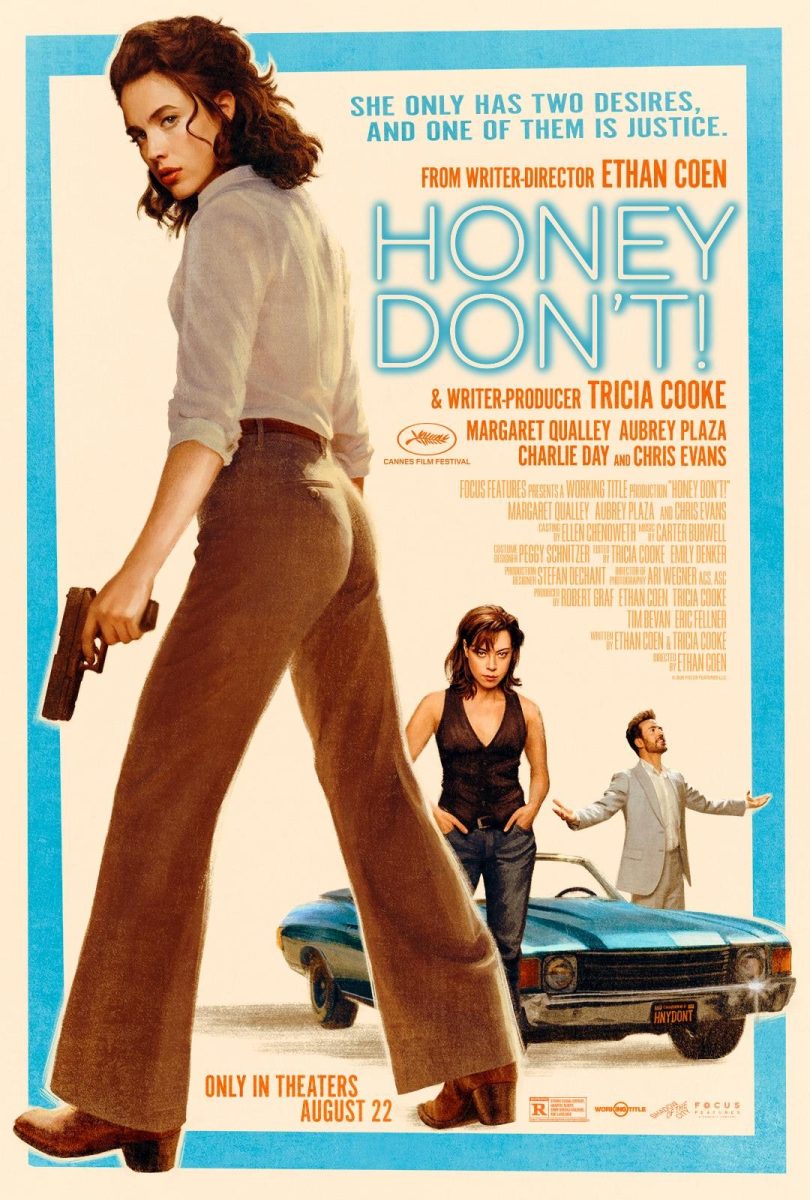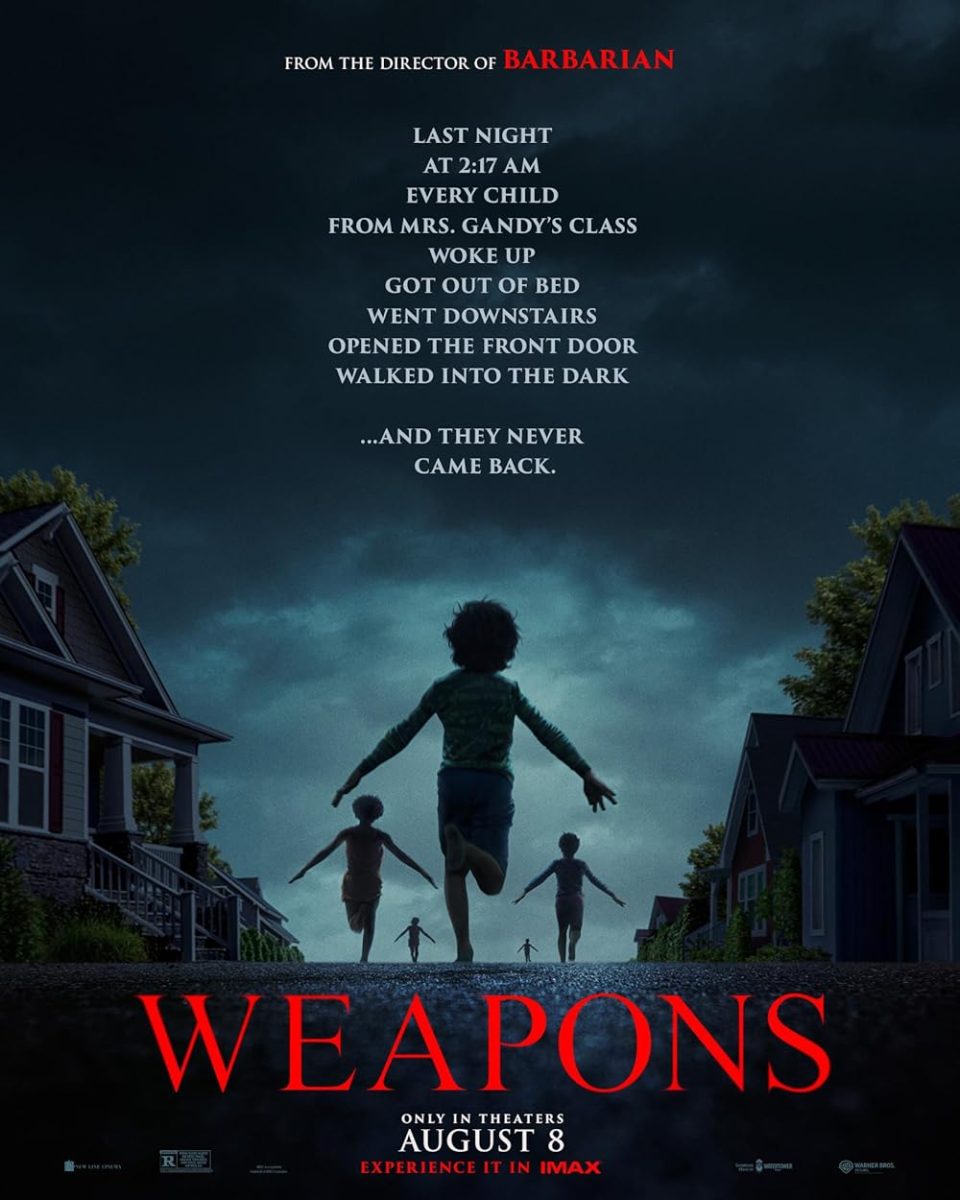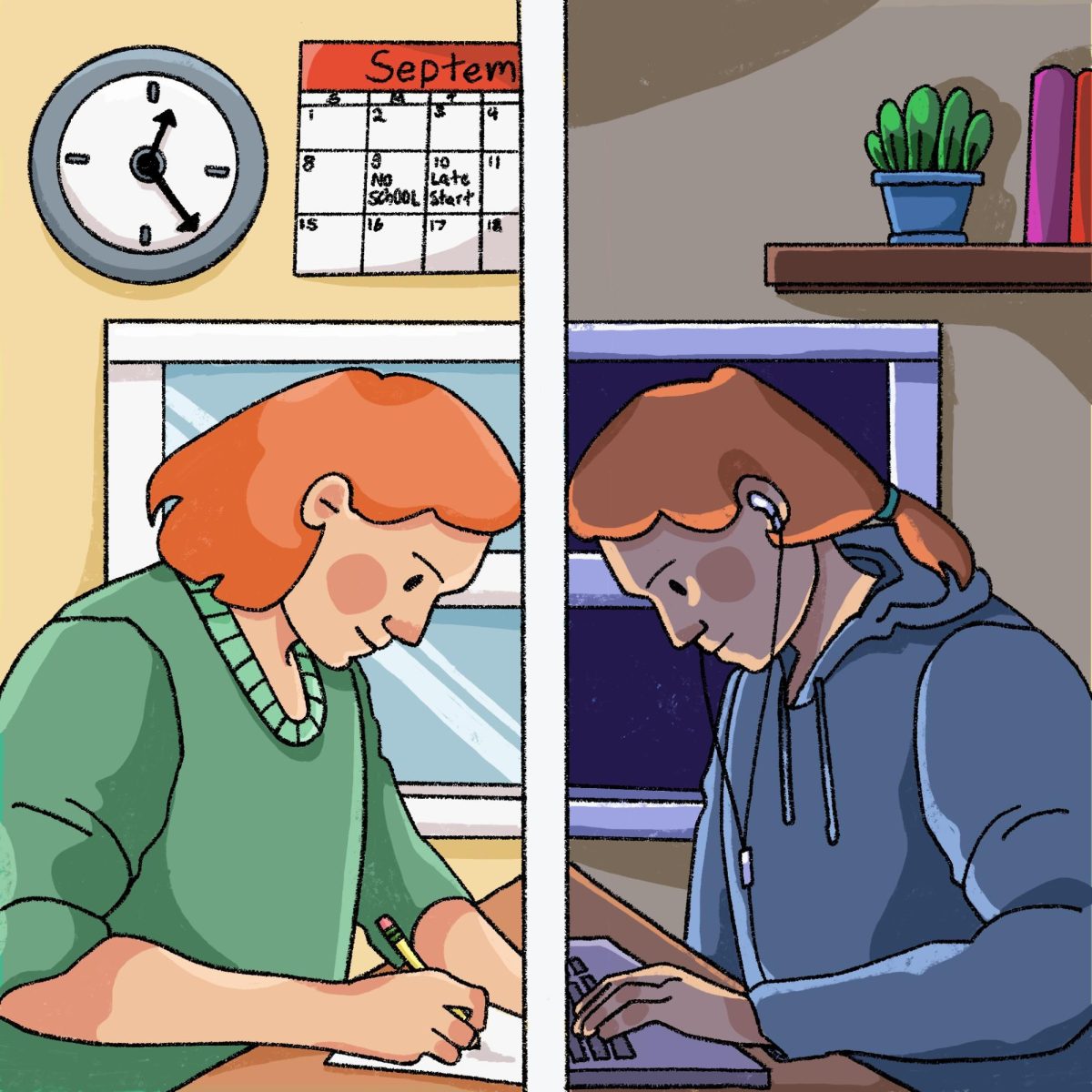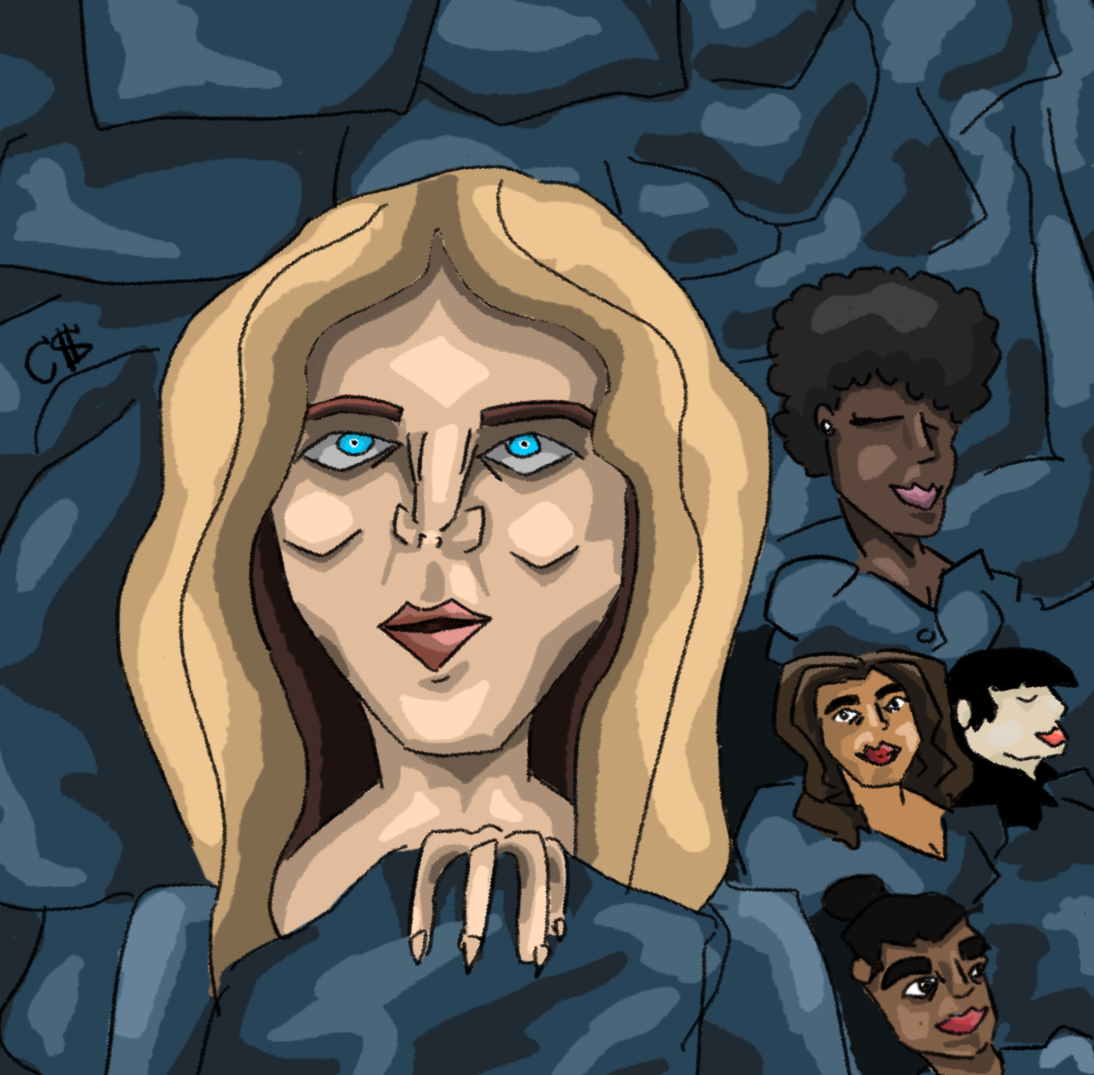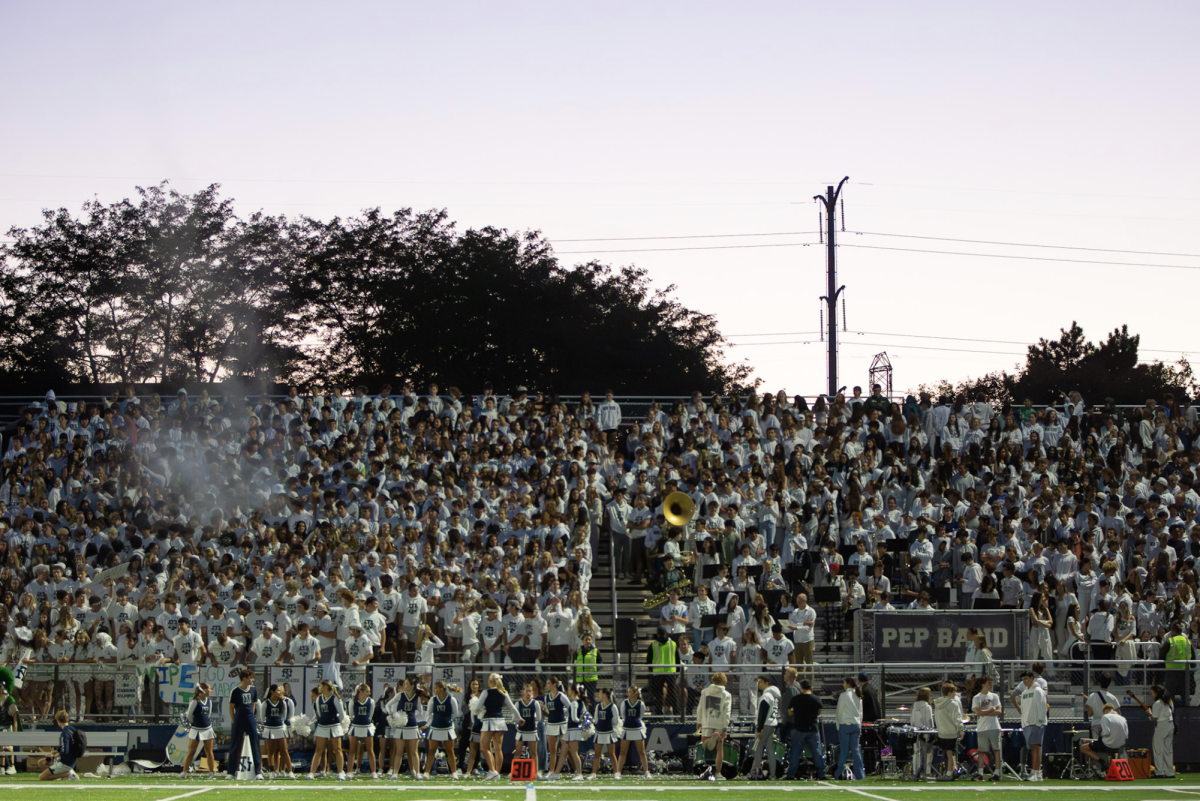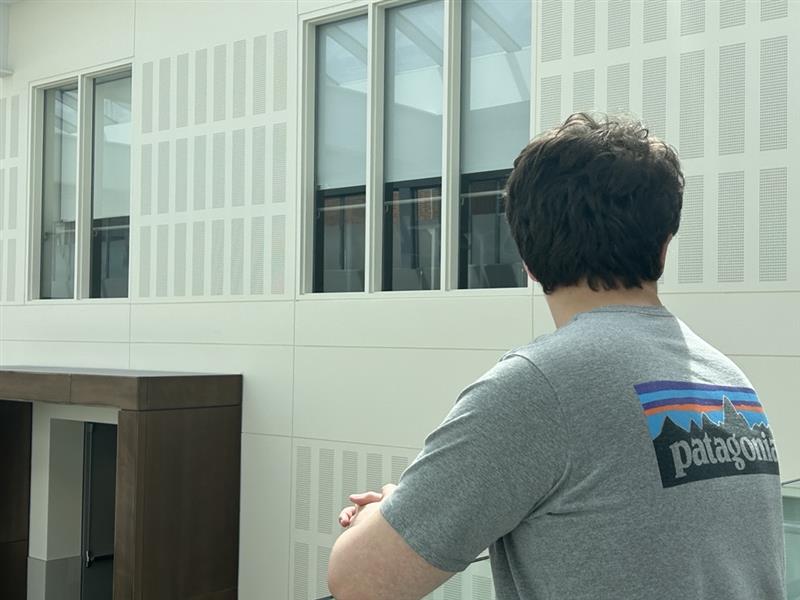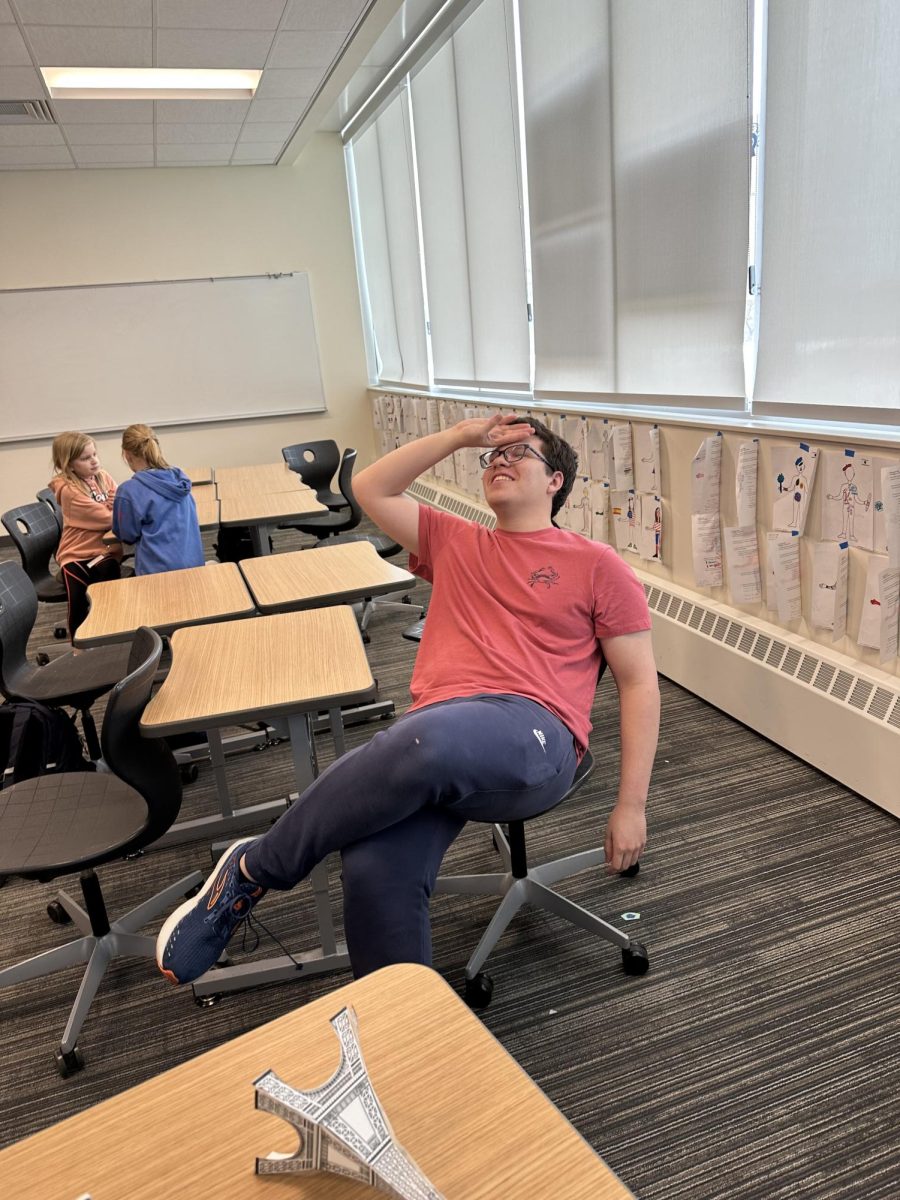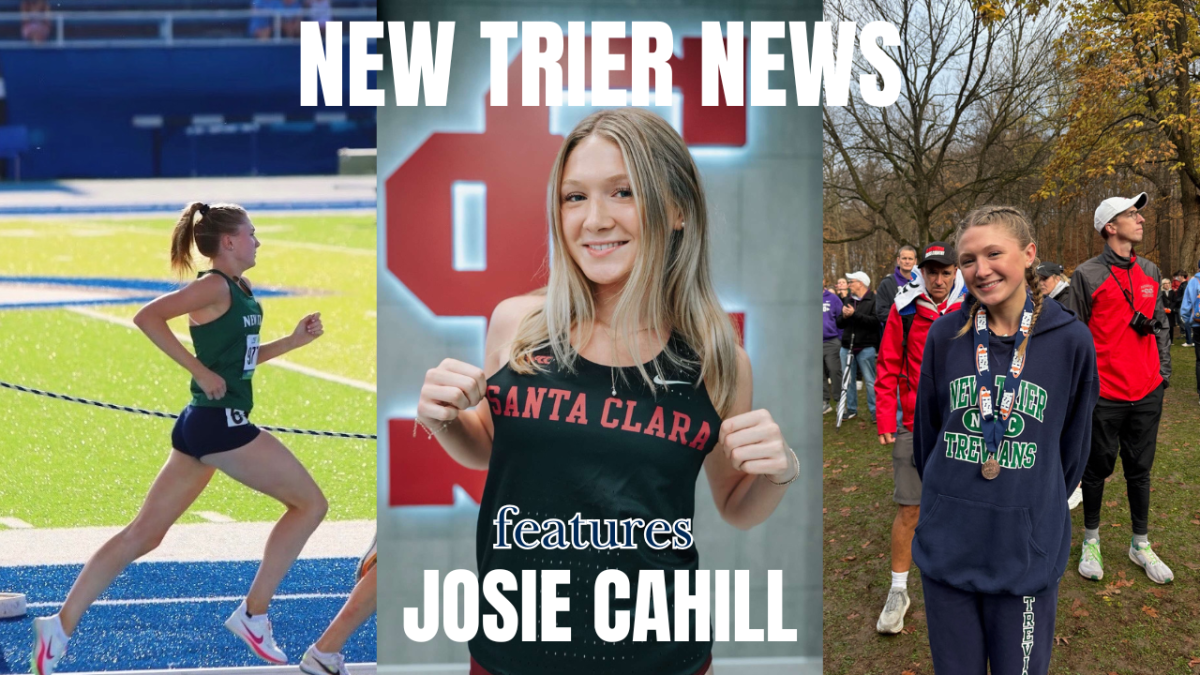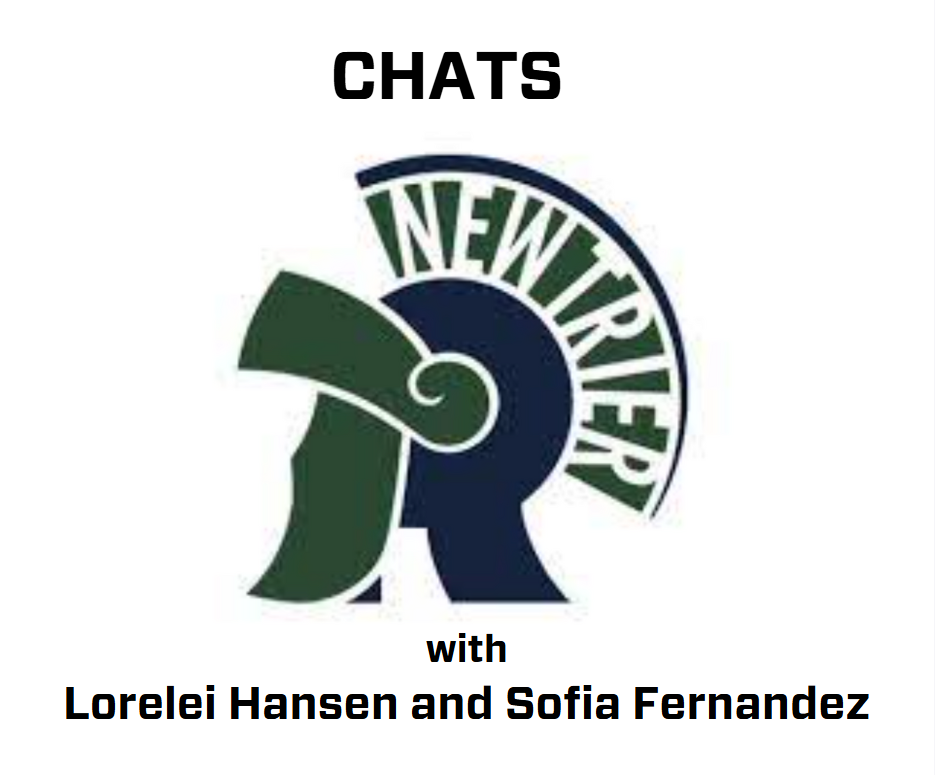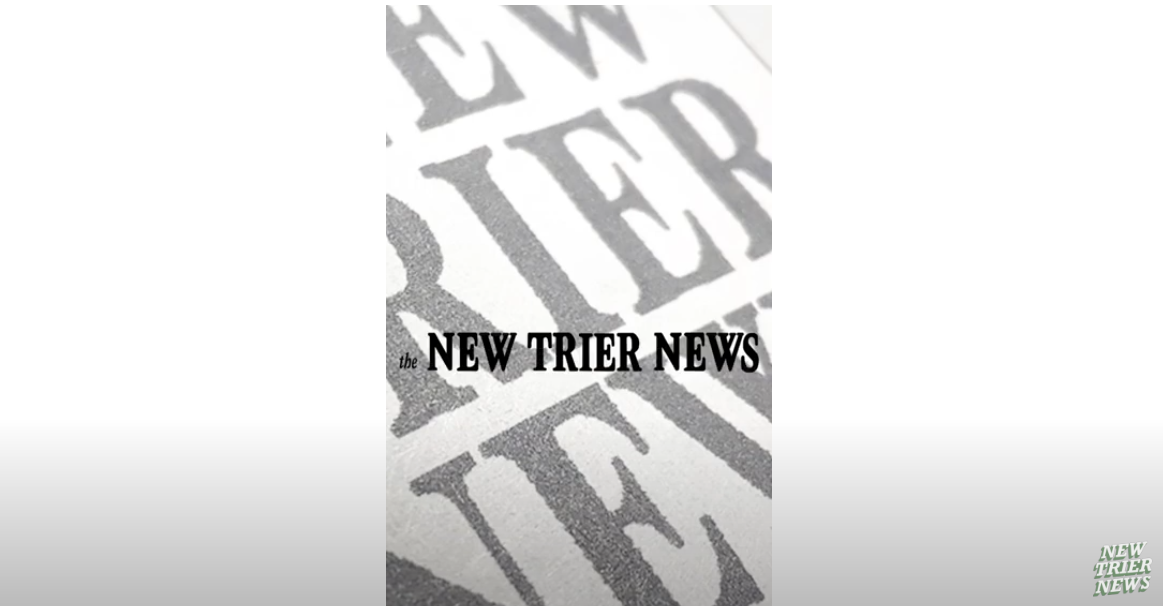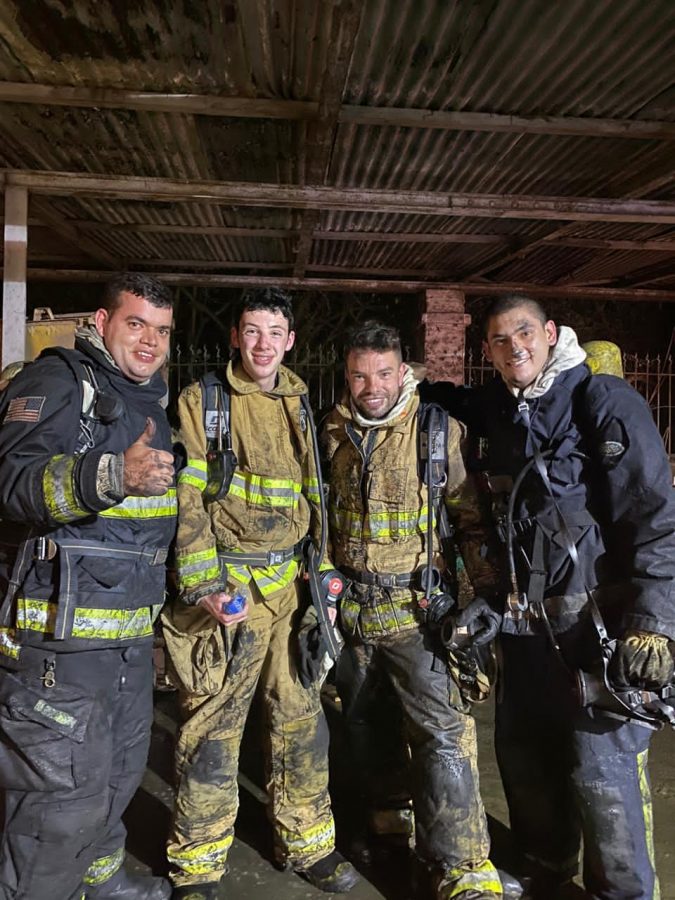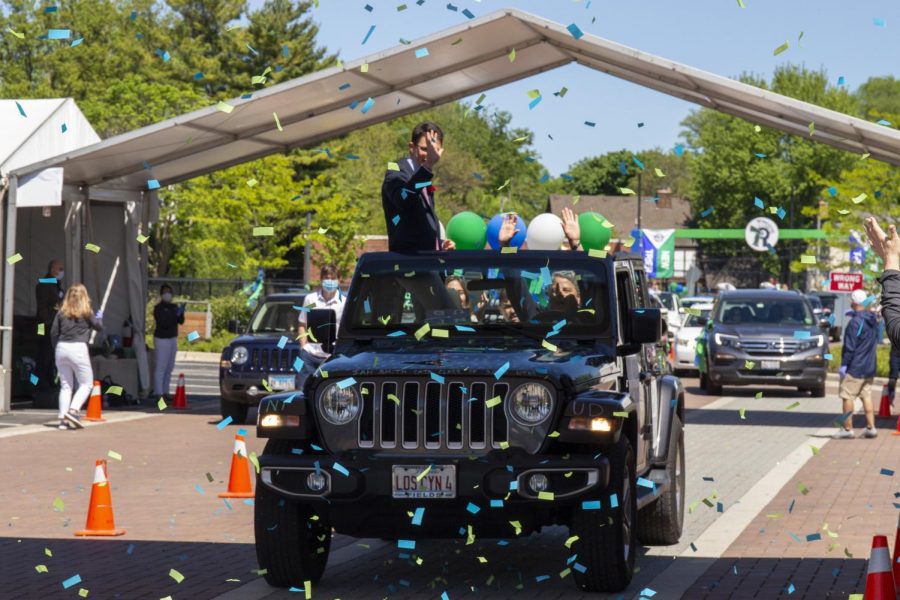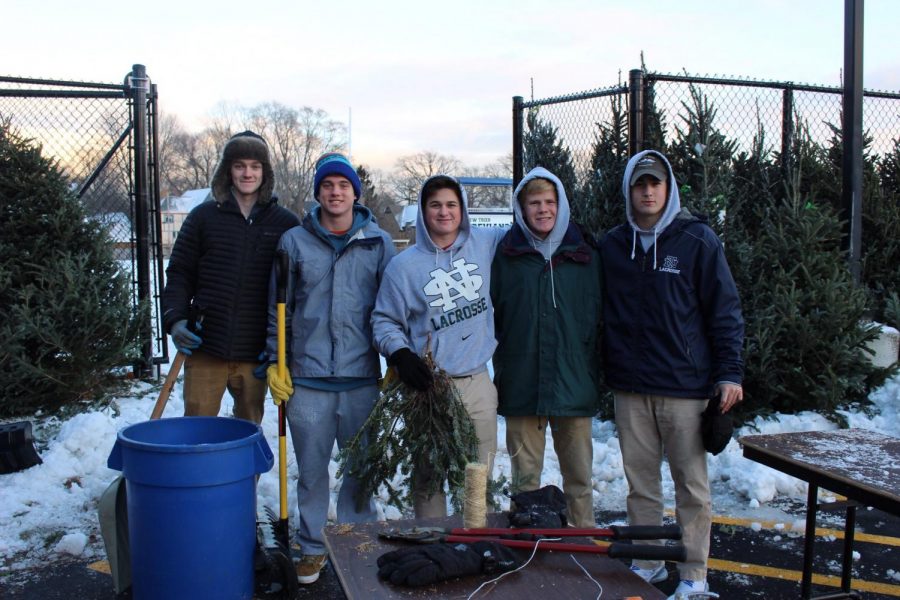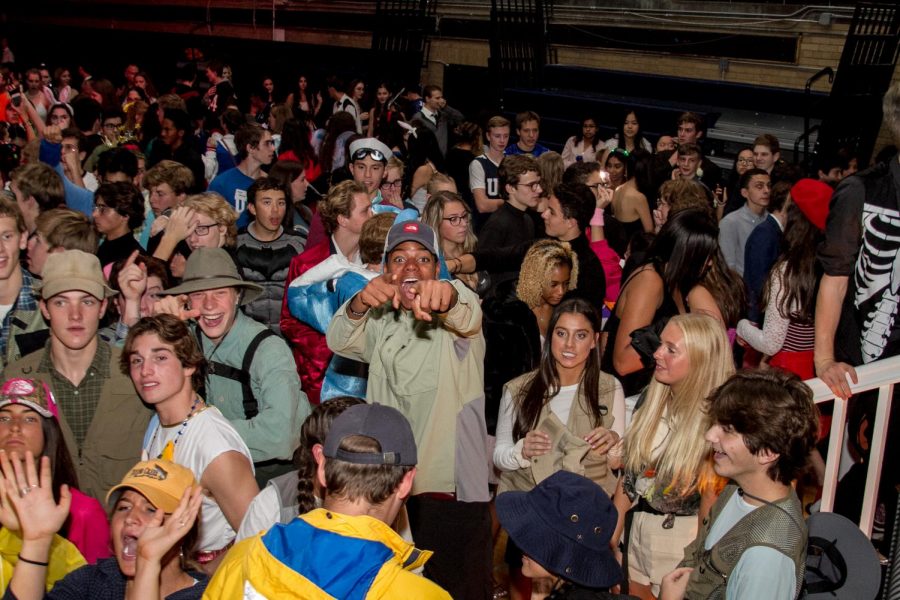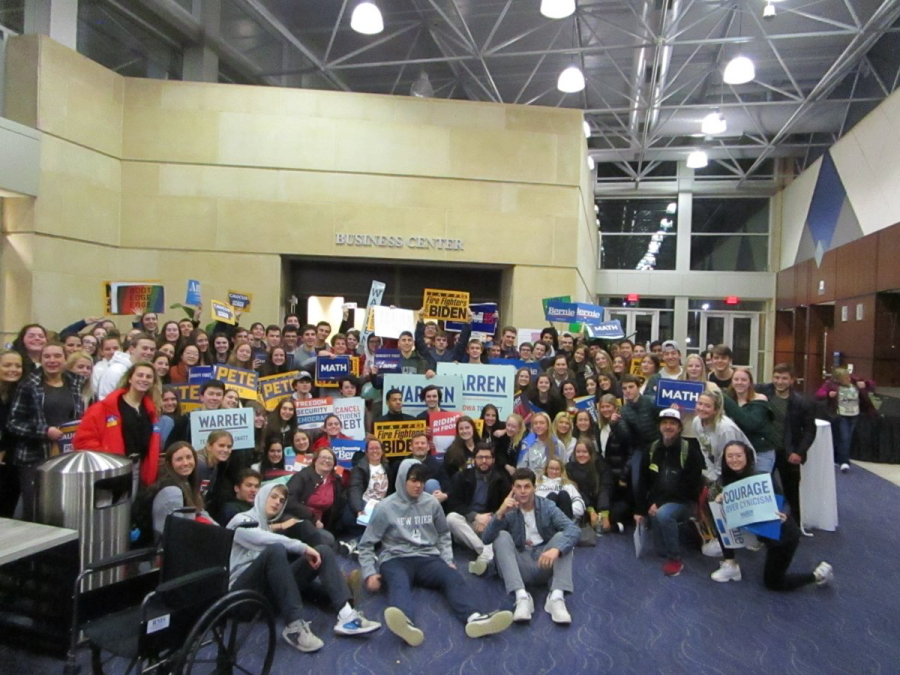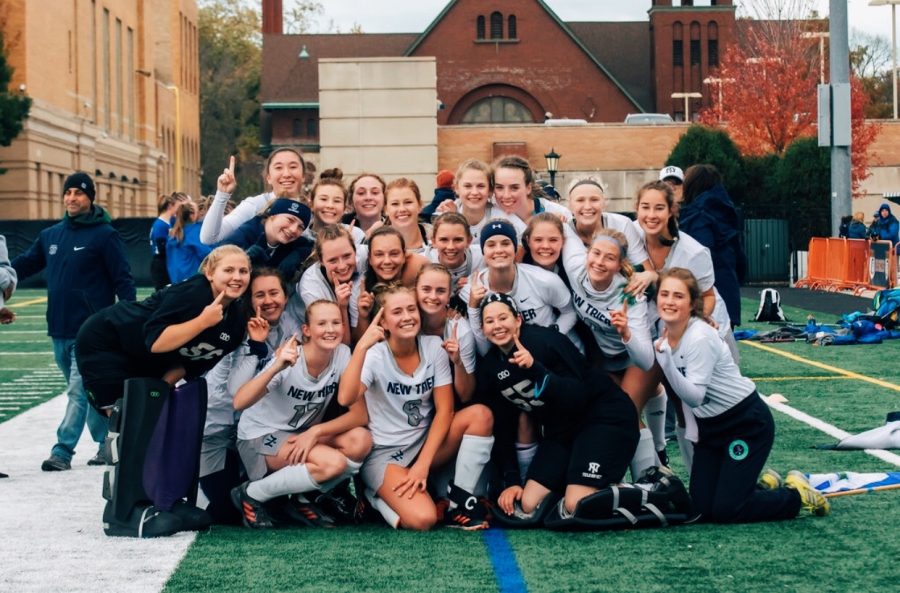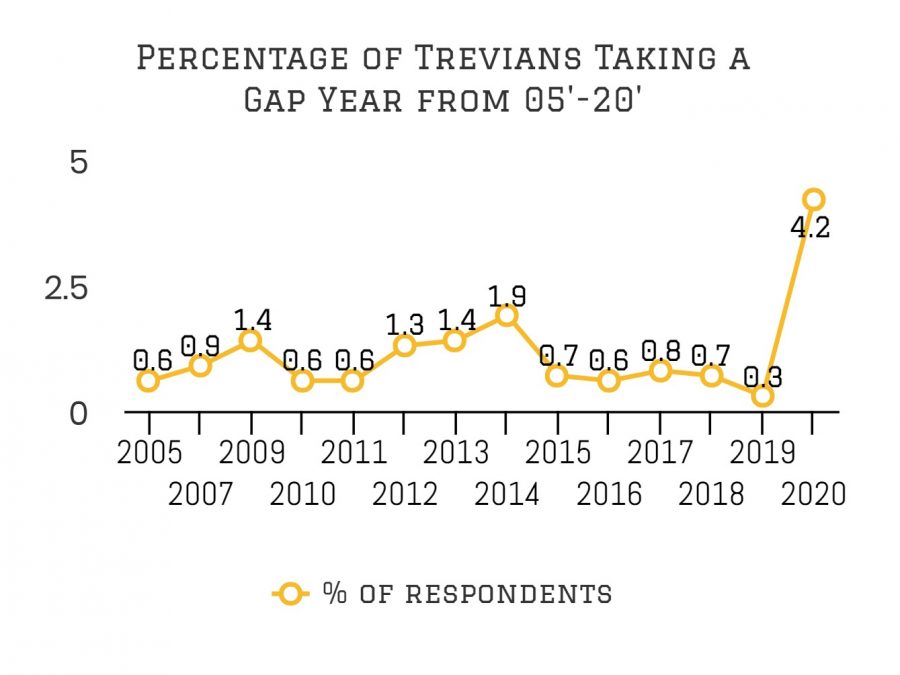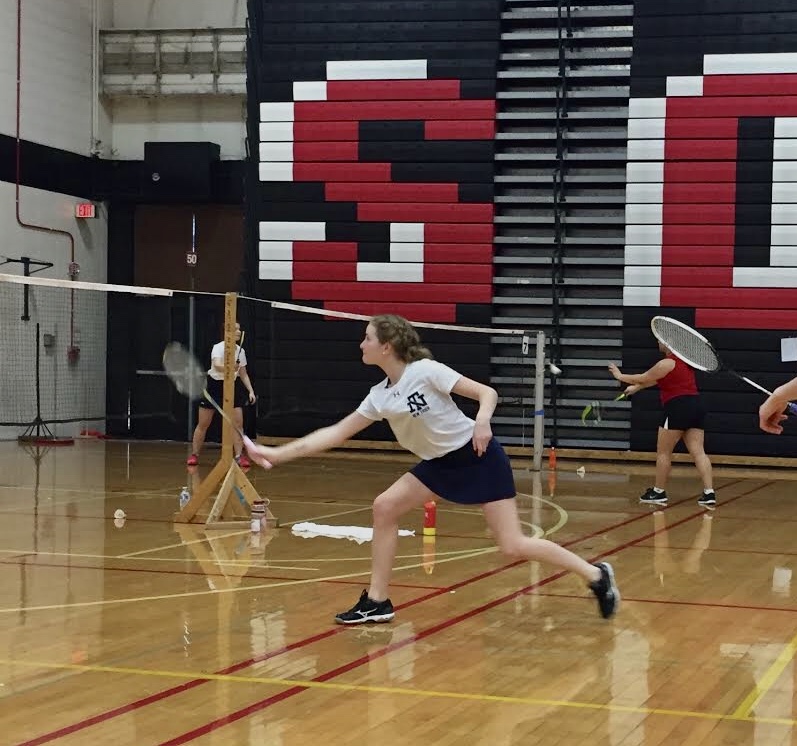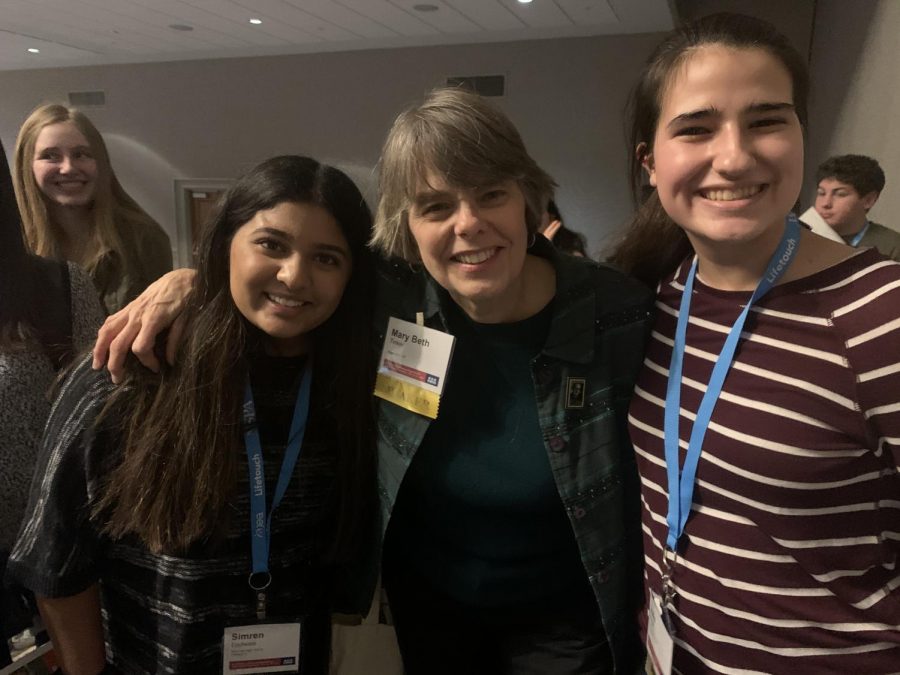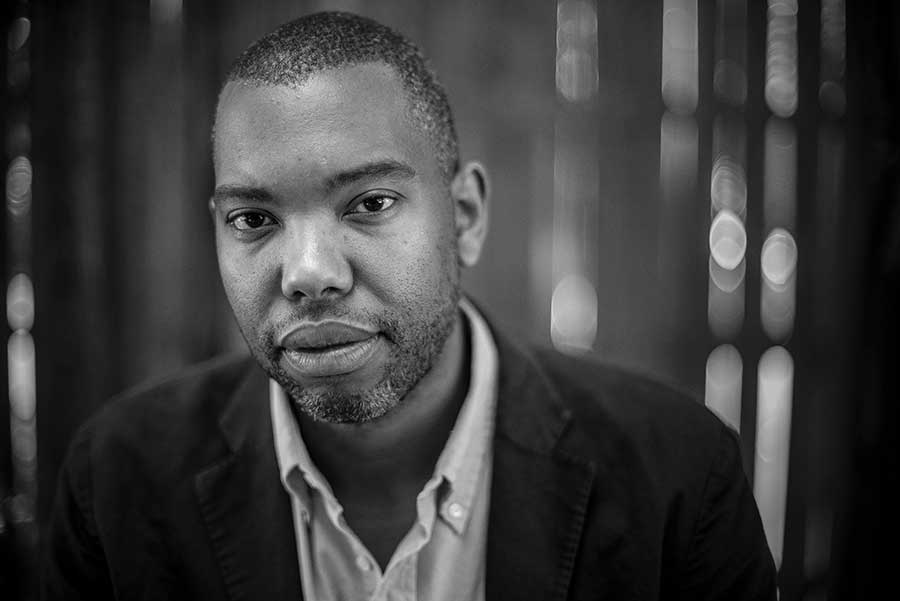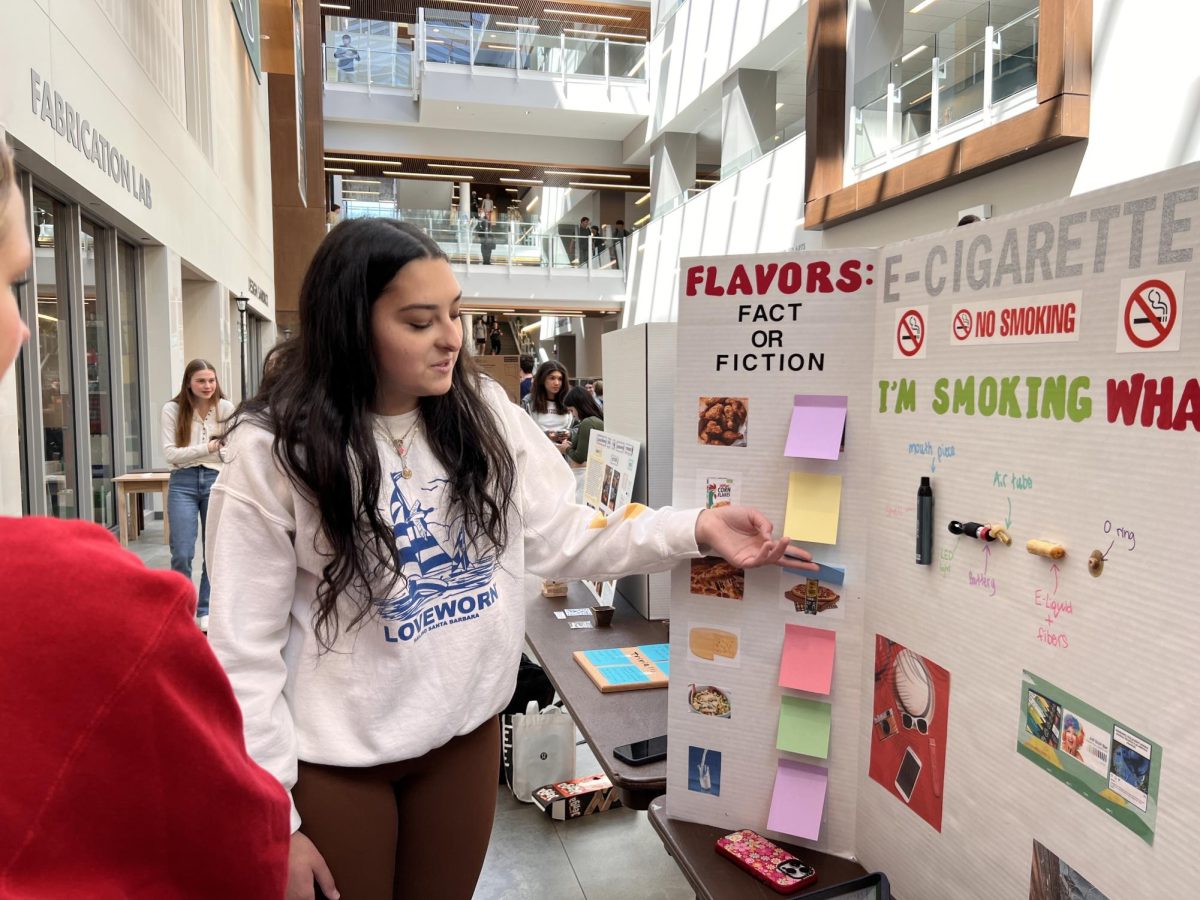There are several emotions associated with the junior theme—frustration, anger, sadness, confusion, and many, many more. But I didn’t get a sense of any of these feelings when walking into the Integrated Global Studies School (IGSS) area on the third floor of the Winnetka Campus’ west wing. Instead, students were scattered across the space and reclining in the comfy sofas and chairs, diligently working on their ‘create’ projects.
Like the junior theme, the ‘create’ process requires students to conduct research and compose a paper towards the end of the first semester. Their task is to choose a topic they are passionate about and delve into a specific question they have about it.
But this paper is not the final product. The next step, unique to the IGSS program, is the action aspect of the project that takes place throughout the second semester. This action aspect, where students can serve their community and grow as learners, is what makes the project stand out.
“The expectation is that you do something with the knowledge you have, it’s not just between you and your teacher, or just you. The objective is to make some positive change in the wider community,” IGSS teacher Lindsey Tobias says. “There aren’t a lot of places in the building where we ask kids to do that.”
The ‘create’ process is very independent: there is little instruction and a greater emphasis on student planning with the help of mentor teachers. Past projects have ranged from painting murals and advocating for disability awareness to planning a fashion show.
Junior Amalia Baber Ciavarella is doing her ‘create’ project on food waste and sustainability.
“I spent the first semester researching waste in restaurants and how they can minimize that waste,” she says. “Second semester, I’m trying to implement more sustainable practices in the school cafeteria. There’s already a compost, but I’m going to educate the student body about that compost and make it more effective.”
Ciavarella plans to create a website or infographic that will teach the student body about methods of reducing waste and their benefits. She believes that the project not only helps others in the community, but the students themselves. For her, this project has helped her develop her time management skills.
“We basically only have large projects and ‘create’ is the biggest project,” Ciavarella says. “We have to manage our day-to-day time because it’s impossible to do any of this in a week or two.”
Junior Margot Swibel has already started her action piece by teaching first and second graders at Avoca West Elementary School in Glenview, Illinois about disabilities. She uses worksheets and a book titled The ABCs of Disabilities to increase awareness of disabilities in kids.
“I have this book and every letter of the alphabet is a character who has a different disability. We’re gonna read it and then after, we’re doing pen pal letters,” she says. “They choose a character to write a letter to, so they can get to know them better. It’s just the idea that it’s okay to ask questions and talk to people with disabilities.”
The inspiration for her project came from her work at a summer camp. After realizing the lack of awareness kids had about people with disabilities, she became passionate about the subject.
“Over the summer, my camper was in a wheelchair and we would go on field trips,” Swibel says. “The amount of stares I would get from all the little kids and I’d be like, oh, you can say hi, you can wave, and that would make them more scared and they would just run off.”
Despite people with disabilities making up the world’s largest minority group comprising 15% of the world population, kids and even adults know very little about them. Swibel believes there is little overt education on different disabilities and how to interact with them. She hopes that by teaching the younger generation about disabilities, they will grow up with more compassion.
“Kids with this education are going to grow up to be inclusive,” Swibel says. “People are scared to say ‘disabled’ or scared to say ‘disability’, but those are not bad words. It’s like anything else.”
Aside from community involvement, the ‘create’ project and IGSS are focused on mentorship. Teachers guide students through their projects while letting them learn how to reach out to the community and create goals.
“The mentoring process is so interesting for me to get insight into what’s important to kids, what’s interesting to them, and often, I learned so much about the student in that process, too,” Tobias says. “How does this person deal with frustrations and how does this kid manage obstacles and communication?”
Junior Rocco Clarke has also enjoyed the mentorship that IGSS teachers provide throughout the process. His project is educating the community about treating and preventing student-athlete injuries.
“I remember struggling with something specific [with the ‘create’ project]. I was like, this is something I’m really not good at. [Guy said], Rocco, that’s what I’m here to help you with,” Clarke says. “After that, I felt more confident in writing and really digging in deeper to what I was interested in for the project.”
These projects also showcase students’ wide range of abilities.
“My favorite part about the project is those moments where students do something that they’ve never done before and feel like they could do it again,” Guy says. “The project, every year, challenges my perception of what students are capable of.”
The ‘create project’ has been around since the inception of IGSS in 2009, and its range of successes is incredible.
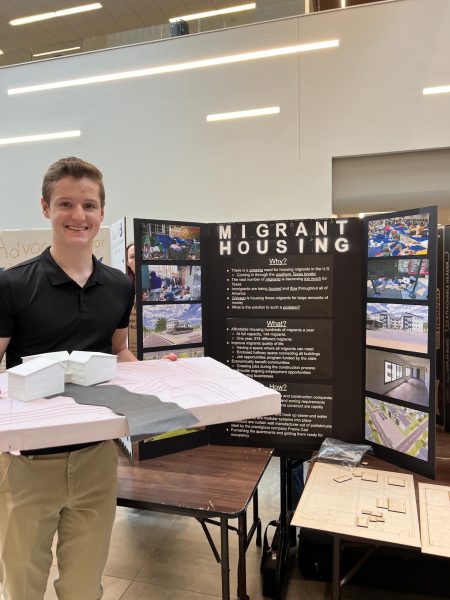
“We have a kid who I mentored last year, whose project is migrant housing, like creating affordable housing for migrants out of shipping containers,” Tobias says. “Last year he designed the whole thing and he found all these builders who were willing to do it. This year, he’s working with Evanston to actually try to get one built.”
Another example of a public-facing ‘create’ project is the “you are beautiful” mural under the viaduct on Winnetka Avenue.
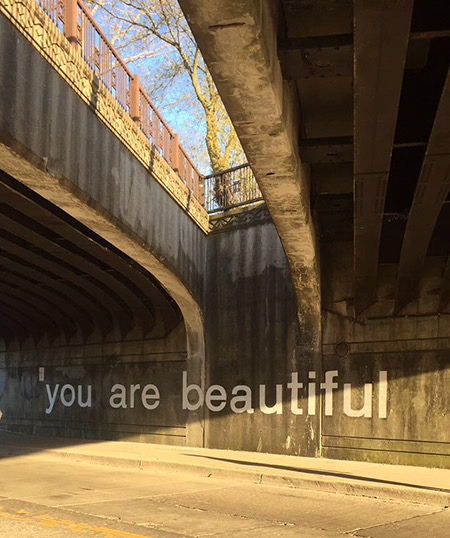
Since its inception, the ‘create’ project has challenged students to think outside-the-box and take charge of their learning, producing long lasting results.
“When students have the time, the resources, and the mentorship to do something that’s a little outside of their comfort zone, oftentimes they swing for the fences and do amazing things,” Guy says.

